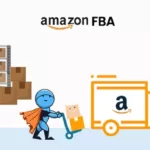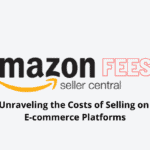Decoding FBA Fees on Amazon: What You Need to Know
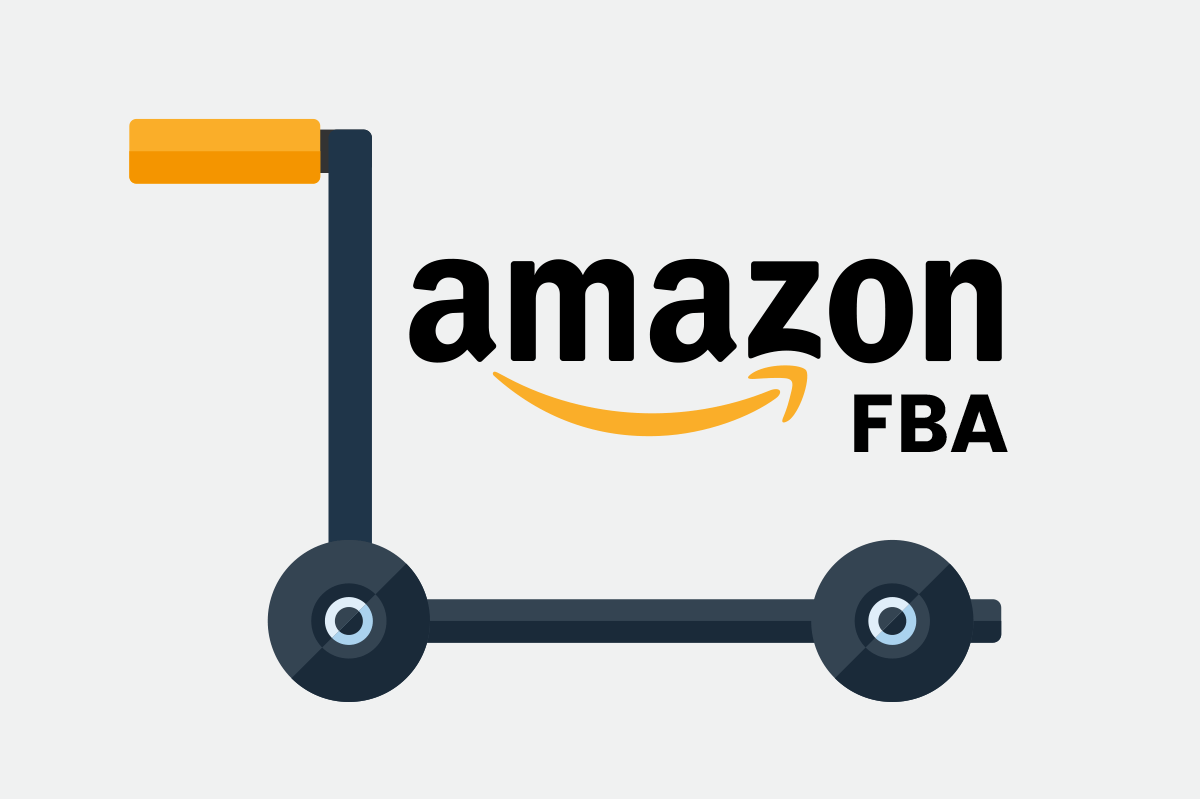
Selling products on Amazon has become a lucrative venture for many online entrepreneurs. To simplify the process, Amazon offers the Fulfillment by Amazon (FBA) service, where sellers can store their products in Amazon’s fulfillment centers, and the company takes care of packing, shipping, and customer service. However, sellers need to be aware of the FBA fees associated with this service, which can significantly impact their profitability.
2. What is FBA (Fulfillment by Amazon)?
FBA, short for Fulfillment by Amazon, is a service provided by Amazon that allows sellers to store their inventory in Amazon’s warehouses. Once a customer places an order, Amazon takes care of packing and shipping the product to the customer on behalf of the seller. This service is designed to ease the burden of logistics for sellers, allowing them to focus more on scaling their business.
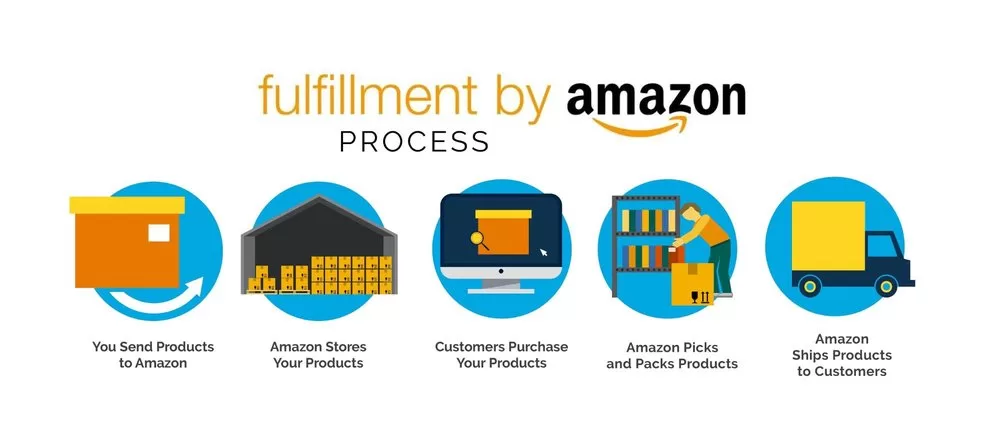
3. Understanding FBA Fees
3.1 Fulfillment Fees
Fulfillment fees are the charges incurred for picking, packing, and shipping products to customers. These fees vary based on the size and weight of the product. Understanding the fulfillment fees is crucial as it forms a significant part of the overall FBA costs.
3.2 Storage Fees
Amazon charges storage fees based on the amount of space your inventory occupies in their fulfillment centers. These fees are calculated on a monthly basis and are determined by the volume of your products.
3.3 Long-Term Storage Fees
Long-term storage fees apply to products that have been in Amazon’s warehouse for an extended period. These fees encourage sellers to maintain a healthy inventory turnover rate and avoid storing products that don’t sell quickly.
3.4 Removal Fees
If you decide to remove your products from Amazon’s fulfillment centers, removal fees will apply. These fees cover the cost of returning or disposing of your inventory.
3.5 Unplanned Service Fees
Unplanned service fees are charged when a seller’s inventory doesn’t comply with Amazon’s packaging and labeling requirements. It’s essential to adhere to these guidelines to avoid additional charges.
4. Factors Influencing FBA Fees
4.1 Product Size and Weight
The size and weight of your products directly impact the fulfillment and storage fees. Larger and heavier items incur higher costs.
4.2 Storage Duration
The longer your products remain in Amazon’s warehouse, the higher the storage fees. Efficient inventory management is key to minimizing these expenses.
4.3 Time of the Year
During peak seasons, such as holidays, Amazon might impose additional charges to manage the increased demand and ensure timely deliveries.
4.4 Product Category
The category to which your products belong can affect the FBA fees. Some categories might have different fee structures due to specific handling requirements.
5. Tips to Minimize FBA Fees
5.1 Optimize Product Dimensions
By optimizing your product dimensions, you can reduce storage costs and potentially lower fulfillment fees.
5.2 Efficient Inventory Management
Regularly assess your inventory levels and ensure you have a healthy turnover rate to avoid long-term storage fees.
5.3 Remove Slow-Moving Inventory
Identify products that are not selling well and consider removing them from Amazon’s warehouses to avoid unnecessary fees.
5.4 Seasonal Selling Strategies
Plan your inventory and pricing strategies based on seasonal demand patterns to make the most of peak seasons without incurring additional costs.
6. Calculating the Total Cost
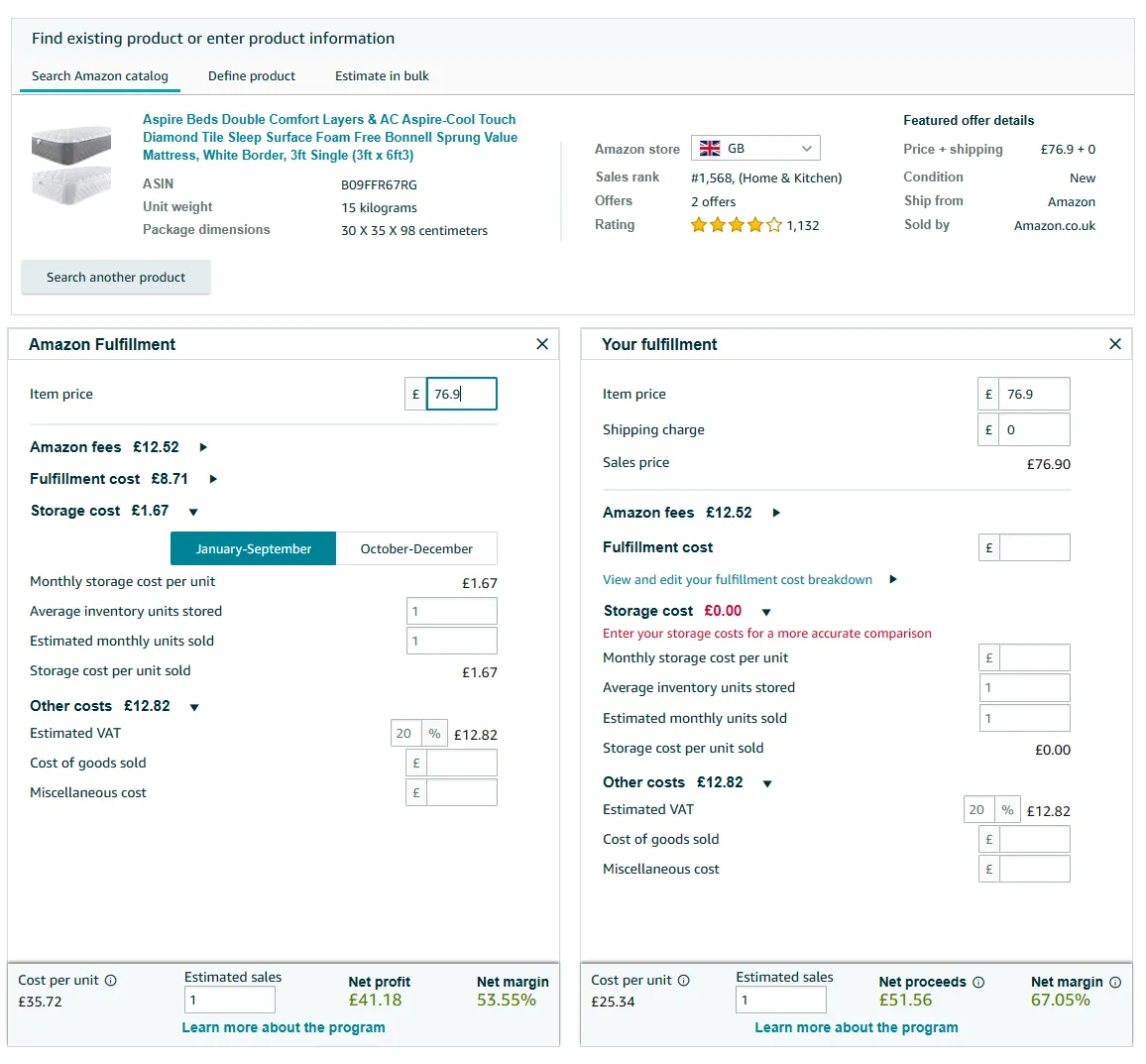
To calculate the total cost of using FBA, sellers need to consider all the different fees involved, including fulfillment fees, storage fees, and additional charges if applicable.
7. Advantages of Using FBA
Using FBA offers several benefits, such as access to Amazon’s vast customer base, prime eligibility, and efficient customer service, which can boost sales and credibility.
8. Disadvantages of Using FBA
Despite its advantages, FBA also comes with some drawbacks, including the potential impact on profit margins and the lack of control over certain aspects of the fulfillment process.
9. Alternatives to FBA
For sellers who wish to explore other options, there are alternative fulfillment methods available, including self-fulfillment, third-party fulfillment centers, and multichannel fulfillment.
10. Conclusion
FBA can be an excellent solution for sellers looking to scale their Amazon business efficiently. However, understanding the various FBA fees and implementing cost-saving strategies are essential to maximize profits. By optimizing product dimensions, managing inventory effectively, and planning for seasonal demand, sellers can navigate the FBA landscape with confidence.
11. FAQs
Q1. Are FBA fees refundable? No, FBA fees are generally non-refundable once the service has been utilized for shipping and handling.
Q2. Can I switch between FBA and self-fulfillment? Yes, sellers have the flexibility to switch between FBA and self-fulfillment based on their business needs.
Q3. Do FBA fees vary by country? Yes, FBA fees may vary between different countries due to factors like shipping and handling costs.
Q4. How can I estimate my FBA fees? Amazon provides a fee calculator tool that sellers can use to estimate their FBA costs based on product information.
Q5. Can I use FBA for international shipping? Yes, FBA offers international shipping options, allowing sellers to reach customers globally.
